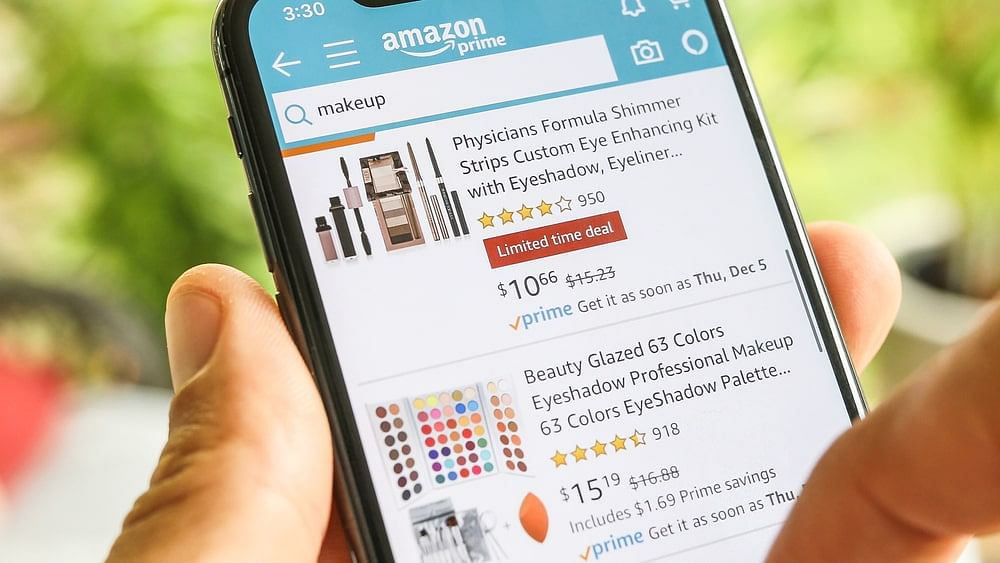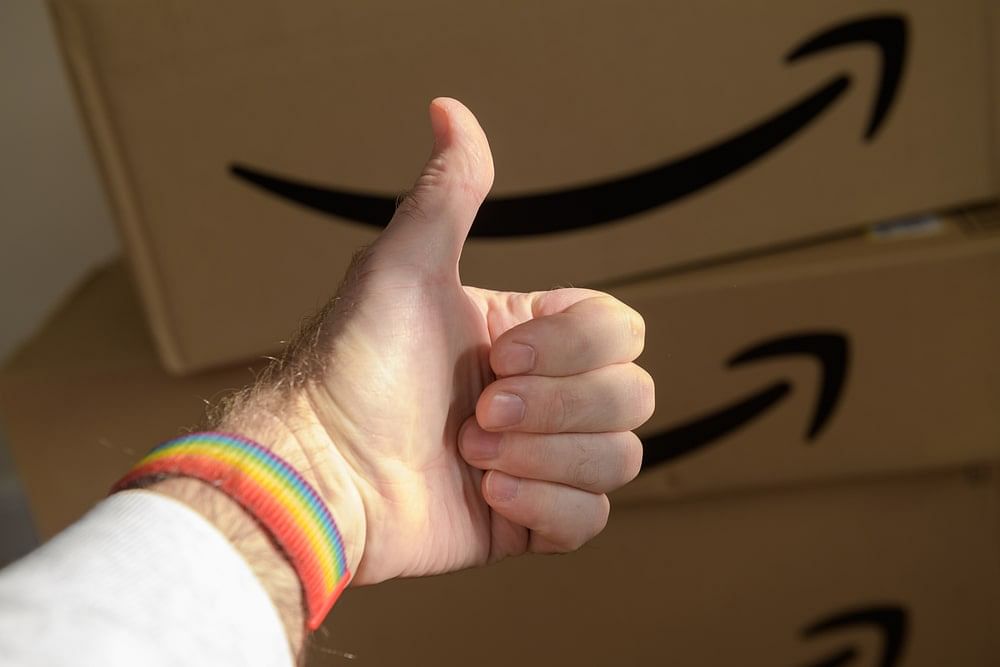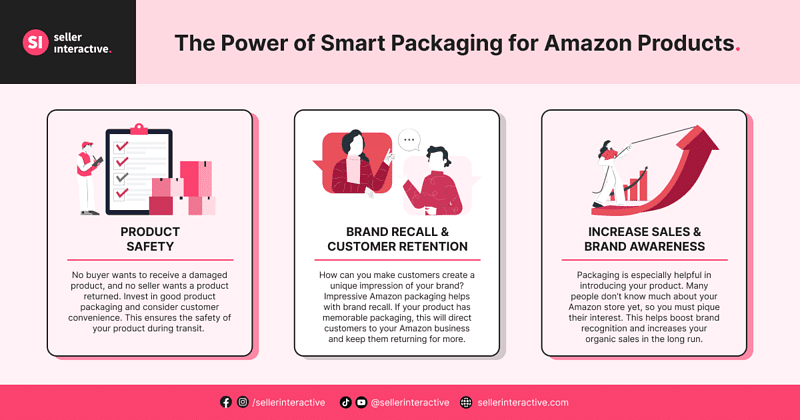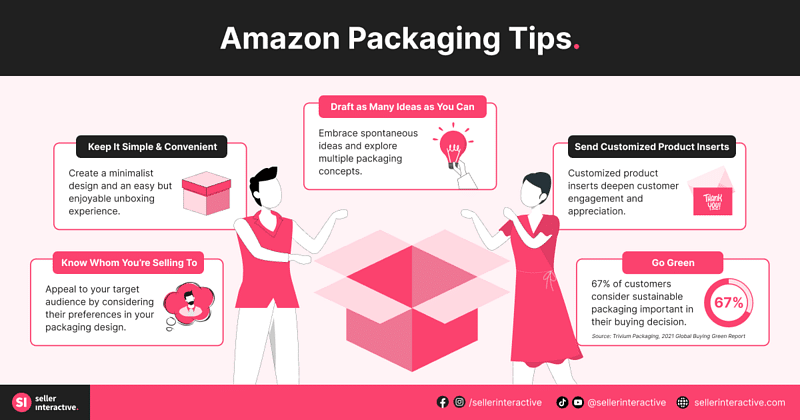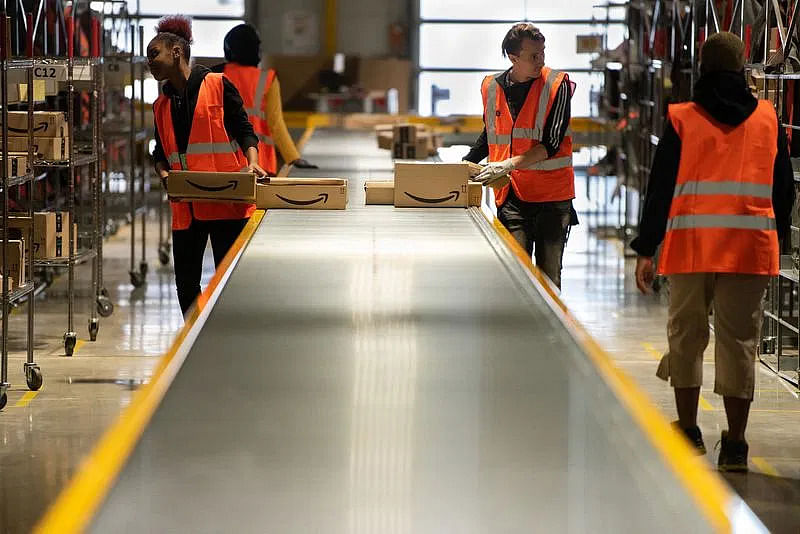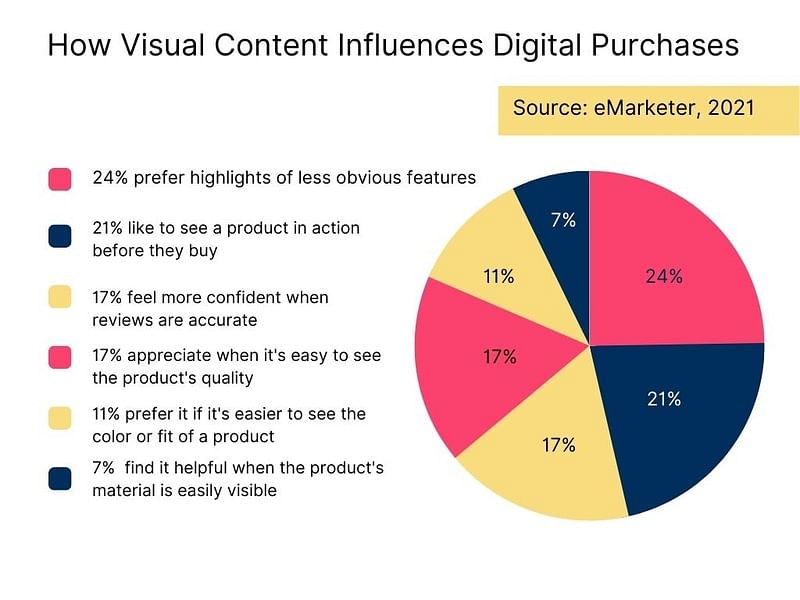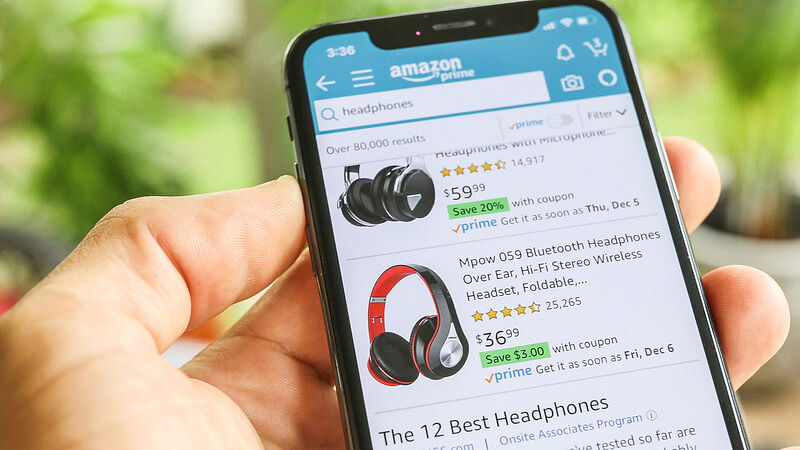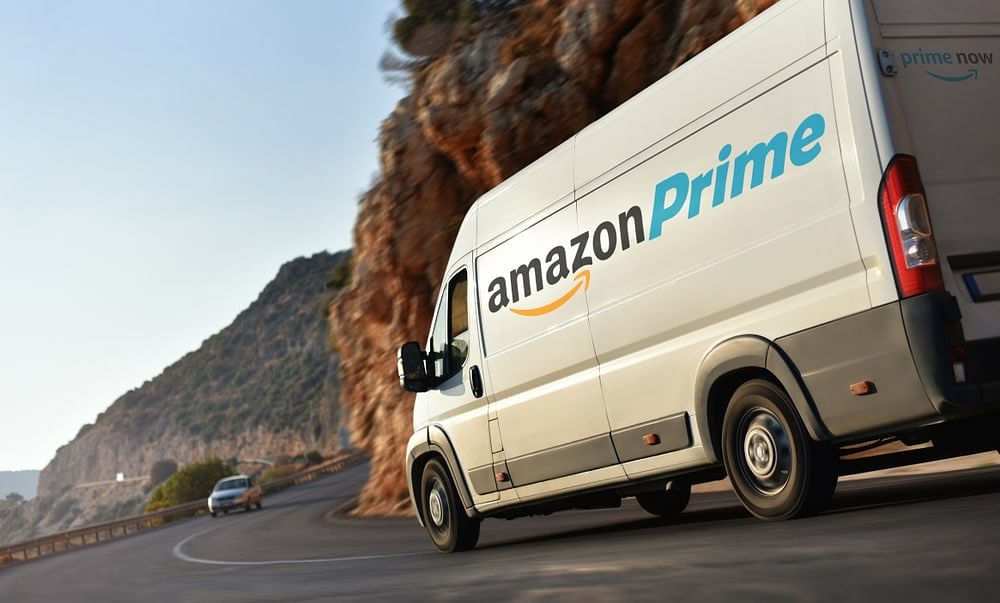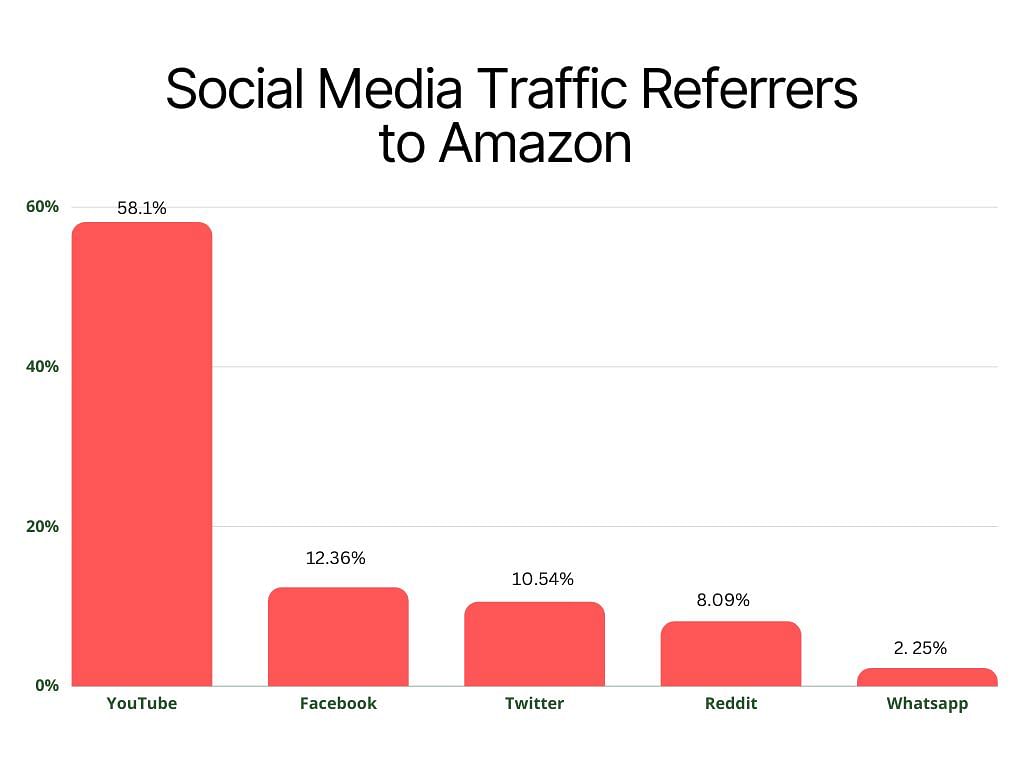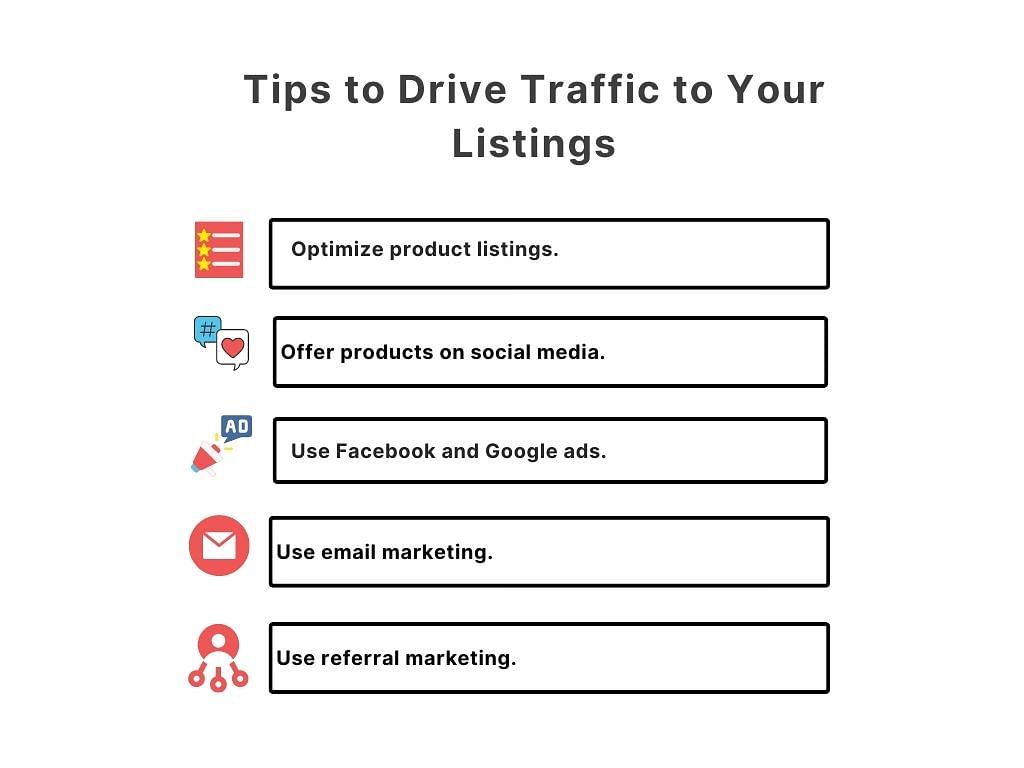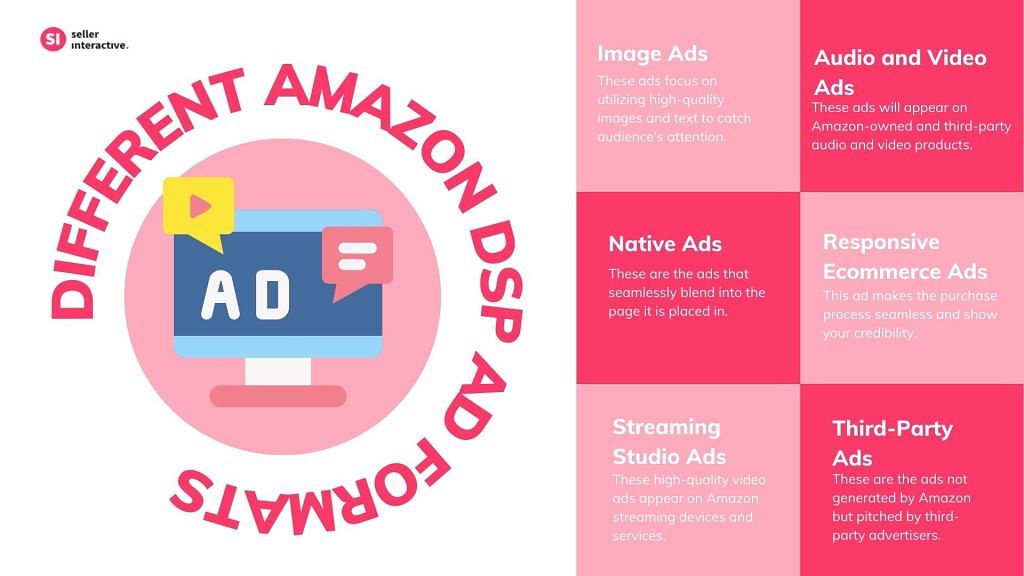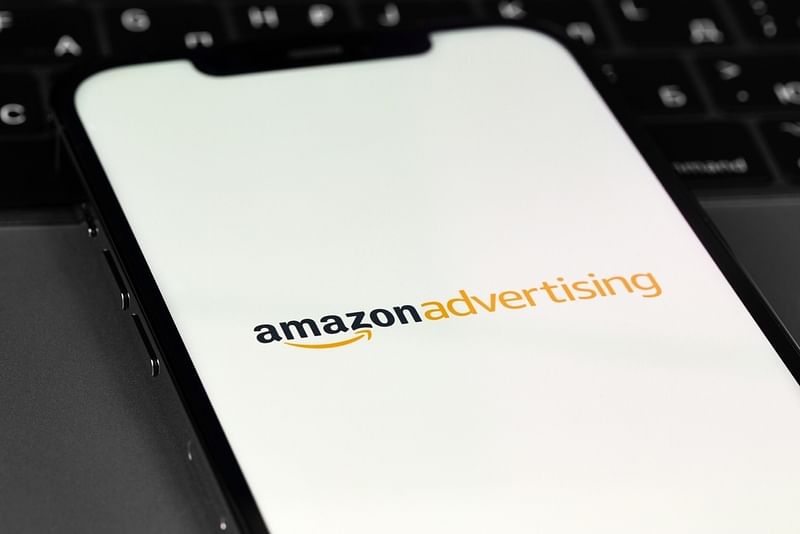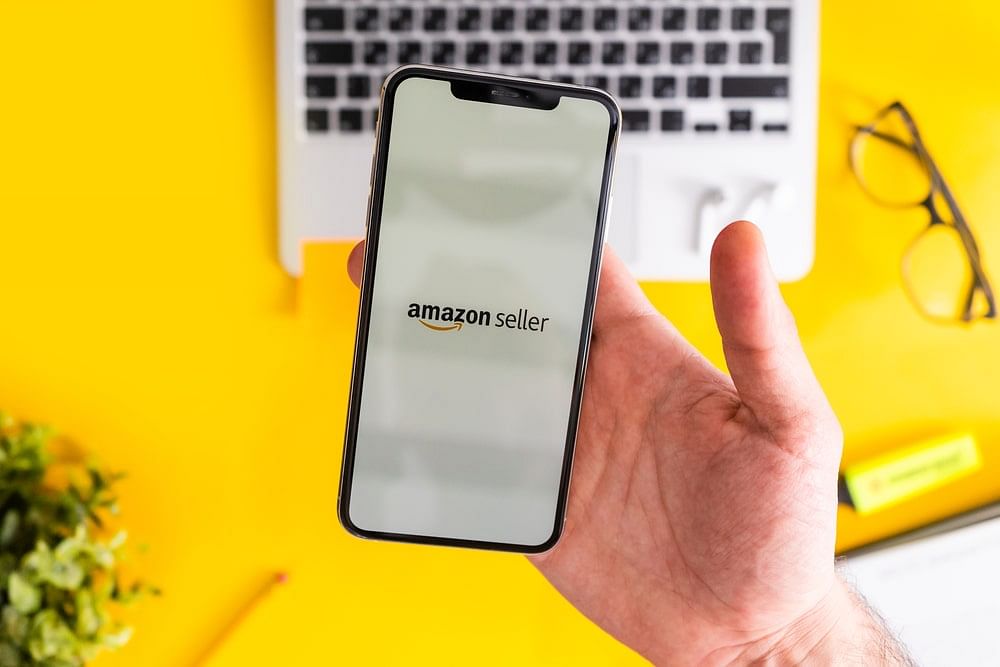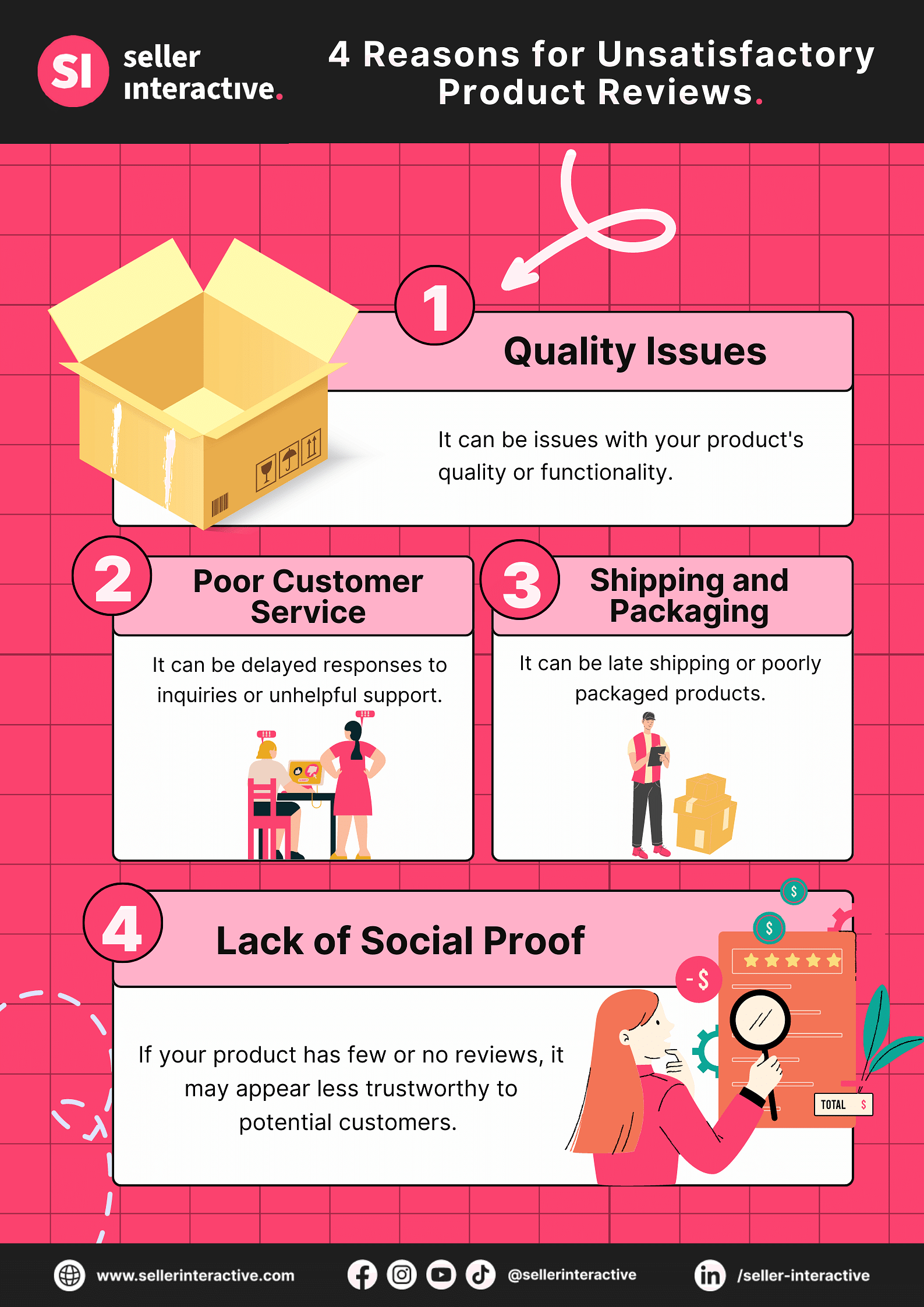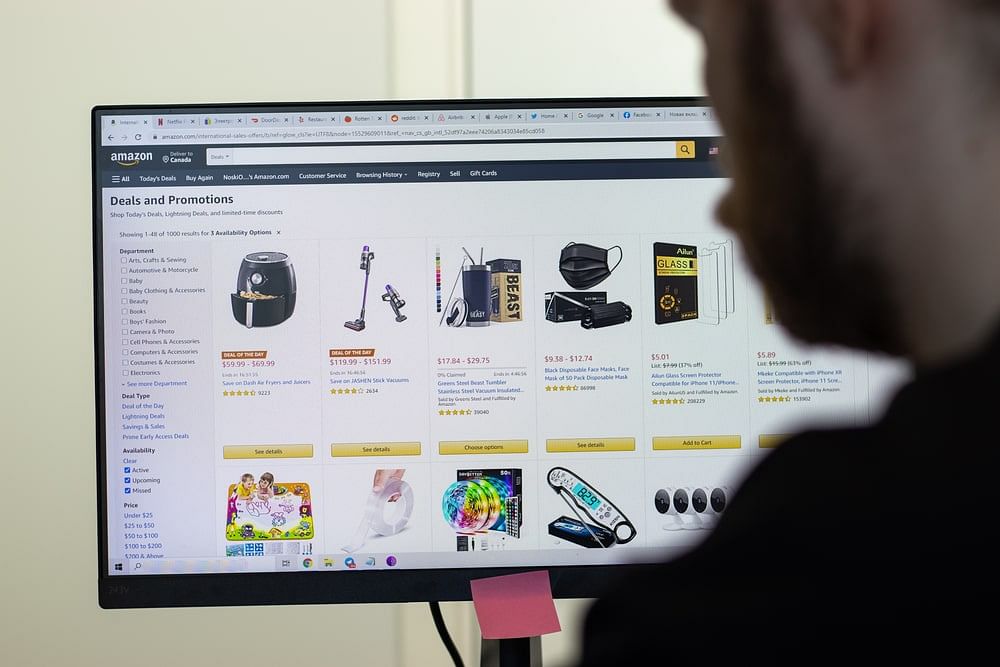As a new seller, it's normal to become overwhelmed as you venture into selling on Amazon—it’s the biggest online retail platform to date, after all. Yet the best way to lessen those doubts and fears is to face them. And one of the crucial parts you need to face is Amazon Seller Central.
Learning it all on your own might be confusing, but we're here to make it digestible for you. In this blog post, we will share how to set up your seller account and the key features that await you on the Seller Central dashboard.
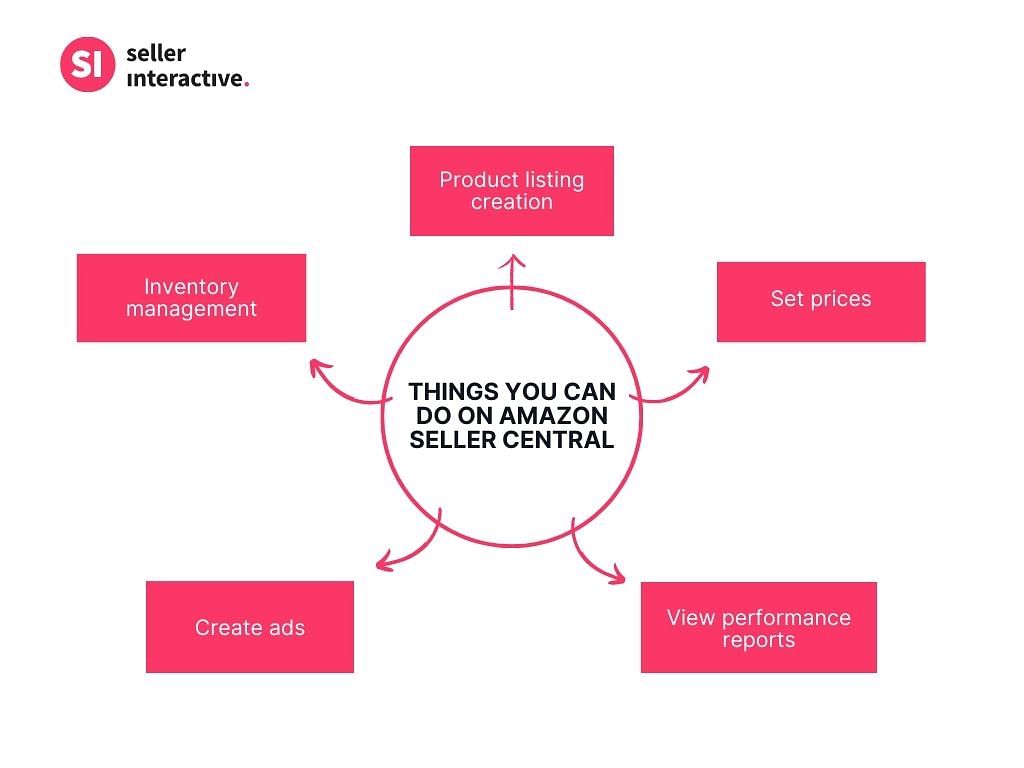
What Is Amazon Seller Central: An Overview
Seller Central is a platform developed by Amazon catering to entrepreneurs, business owners, and brand managers. It's a marketplace to sell products to Amazon's pool of customers directly.
This arrangement allows Amazon sellers and account managers to oversee their selling activities.
For example, sellers can list their products, track sales, provide customer service, monitor customer feedback, manage inventory, and even ship their products (subject to Amazon's regulations.) Businesses are drawn to Seller Central because it allows them to use their management and marketing strategies to influence performance and profit.
However, your projected sales volume depends on the type of selling plan you have. Check out the differences between the two types below:
- Individual Selling Plan
An individual selling plan allows sellers to sell their products without the hassle of a paid subscription plan. This selling plan suits beginner Amazon sellers or those with low sales volume. You will be charged only $0.99 per product sold, making it affordable for sellers just starting out.
- Professional Selling Plan
A professional selling plan offers bulk upload, inventory control, management features, Amazon advertising, and more. You can't find these features in the Individual selling plan. This type of plan also offers product categories not available with the individual selling plan.
However, Amazon charges a $39.99 monthly selling fee for the professional selling plan, which makes it suitable for those with established businesses or decent sales volume.
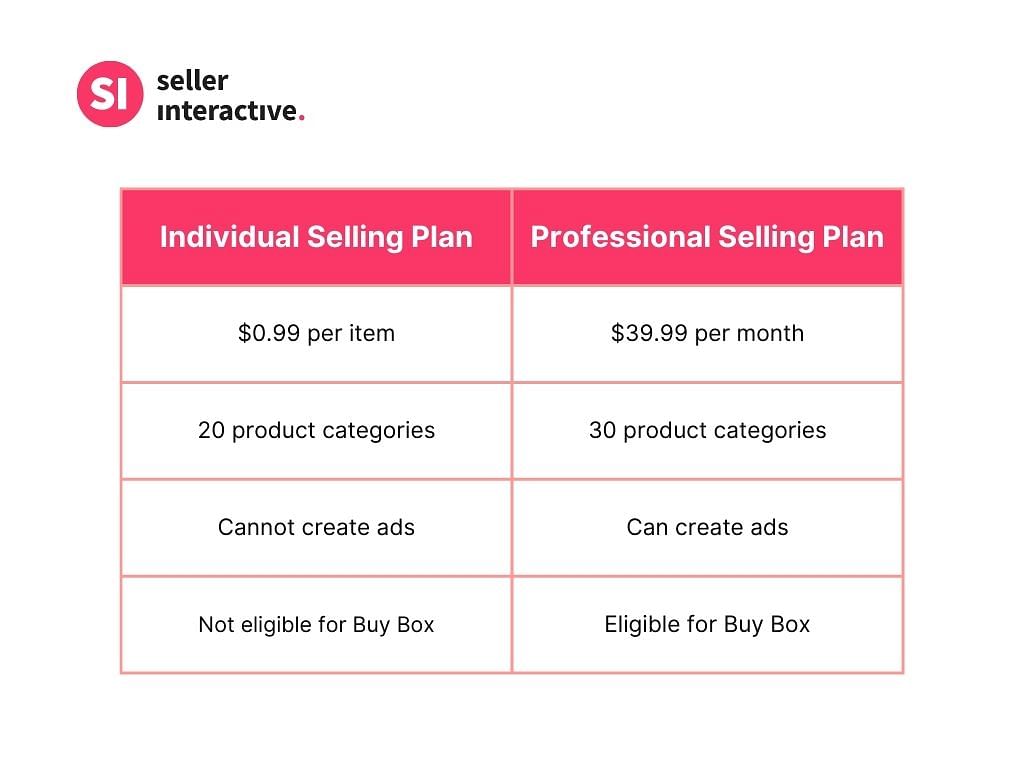
What are the Selling Fees on Amazon?
Here are some selling fees that you might need to pay as you start selling on Amazon:
- Referral fees. This refers to the commission charged by Amazon for selling items on its platform. The fee varies depending on the product category. It typically falls within the range of 12-40%. Amazon charges a referral fee of approximately 15% for the majority of products.
- Seller plan fees. All Amazon sellers pay seller plan fees whether they avail of individual or professional plans.
- FBA fees. Fulfillment by Amazon (FBA) is a service that allows sellers to outsource order fulfillment to Amazon. You'll send products to Amazon's fulfillment centers, where they pick, pack, and ship orders. There are fees associated with fulfillment, storage, and additional services on Amazon FBA.
How to Create an Amazon Seller Central Account
- Go to https://sell.amazon.com/.
- Click Sign up.
- Click the Create your Amazon account button.
- Input your name, email, and password.
- Input the six-digit One-Time Password (OTP) code sent to your email address.
- From the drop-down menu under Business information, choose the location of your business.
- After clicking the Sign-Up button, it will prompt you to enter essential information about you and your business. Here are some information that may be asked from you:
- Business location
- Business Type
- State-owned business
- Publicly-owned business
- Privately-owned business
- Charity
- None, I am an individual
- Full name
- Mobile or telephone number
- Bank account number
- Chargeable credit card identity details
- Input information about your product/s and store. This includes whether you have Universal Product Codes (UPCs), diversity certifications, and if you're a manufacturer or a brand owner. Fill out the store name, tick the appropriate buttons for each question, and click Next.
- You'll be asked to upload identity documents (i.e., a photo of your ID) and additional documents (i.e., a bank or credit card statement).
- After uploading your documents, you must complete an Identity Verification via video call with an Amazon associate who will verify your documents and the personal information you submitted.
- Once you're verified, you can start selling!
Key Features of the Seller Central Dashboard
Now that you already have a seller account, let's explore the heavily used section of the Seller Central interface: the top bar menu. This is where you can manage your account or ask for help from the Amazon seller support team.
Each tab on the Seller Central dashboard has a drop-down list that gives you relevant options:
Catalog
The catalog manages your entire product selection. The Catalog menu also allows you to:
- Add Products. If you want to add and list new products on the Amazon marketplace, navigate here.
- Complete Your Drafts. If you didn't complete the process, you could go back to this sub-menu. This is an excellent way to pre-plan your product additions.

Inventory
This option lets you manage, plan, and evaluate the number of products stored and ready for use. Some of the critical sub-menus are:
- Manage Inventory. This is where you can see all your store's product listings and details, including name, image status, price, sales rank, and shipping options.
- Sell Globally. You can list your products on Amazon marketplace countries using this option. It also lets you view sales data for each country you participate in.
- FBA Inventory. This is where you can monitor your FBA inventory. You can also prepare the shipments to be sent to fulfillment centers through this tab.
- Inventory Planning. This is where you can download the analytics of your listings. You'll have reports for all your active, inactive, sold, or canceled listings.
Pricing
This option allows you to manage your listings' price points to give you a competitive edge against other buyers. Some of the crucial options under this tab are:
- Pricing Health. This will show you if your price point is competitive, too low, or too high compared to the competition. Pricing health also gives insights into whether you're competitive enough for Buy Box placement.
- Buy Box. This is the white box on the right side of the Amazon product detail page, making it easier for customers to purchase items in their cart. According to RepricerExpress, 83% of all Amazon sales happen through the Buy Box, which could be why many sellers wish to have it.
- Automate Pricing. It lets you create specific pricing rules that trigger an automatic price change.
Orders
The orders section is where you manage and monitor customer orders, returns, and claims you've made for your products. But if you have signed up on Amazon FBA, Amazon will take care of your orders.
- Manage Orders. This sub-menu lets you view pending, canceled, or all order statuses among different sales channels.
- Order Reports. This lets you download orders with different statuses (i.e., new, unshipped, archived). It also lets you schedule reports and manage them effectively.
- Manage Returns. This applies to seller-fulfilled products that require manual authorization of product returns. This permits you to track product returns from pre-authorization to closure.
- Manage SAFE-T Claims. Seller Assurance for Ecommerce Transactions (SAFE-T) allows you to process reimbursements for damaged or mishandled products you can no longer sell.
Advertising
If you want to initiate, manage, and monitor advertising efforts for your product listing to boost sales, the Advertising section is where you go. Only the Professional Amazon account plan gets this feature.
- Campaign Manager. It lets you create an advertising campaign for your product listing with different goals targeting specific consumers. You're also going to be able to set budgets to spend on your advertising efforts. You can use Sponsored Brands and Sponsored Display ads if you're enrolled in the Amazon brand registry program.
- A+ Content Manager. This is used by brand owners and managers who are part of the Amazon brand registry. It lets you tell your brand's story and value proposition using multimedia content.
- Vine. This Amazon program lets you tap on Amazon's list of credible people to post reviews and opinions about your product listing. You can send your product to a maximum of 30 people to obtain reviews.
- Deals. This tab allows you to create promotional discounts for your product listings, such as Amazon Lightning Deals.
- Coupons. You can create a coupon for one or several of your products. You can also track the performance of your coupons in this section.
- Promotions. Create three kinds of promotions for your prospective customers. Free shipping, Percentage Off, and Buy One, Get One. You can use one or combine several on one or multiple product listings.
Stores
The store manager option is for Amazon brand-registered sellers. It lets you create a brand landing page sponsored by Amazon and drive traffic to your branded product listings.
Reports
This section gives a detailed breakdown of important account information to analyze your Amazon business operations better.
- Payments. This tab provides an expense statement showing how much you paid Amazon in a given date range, transactions, or all statements.
- Amazon Selling Coach. This tab produces reports that suggest how to improve your Amazon business. Among them are recommendations for your product listings, inventory management, and search recommendations.
- Business Reports. If you want to see sales traffic and performance reports, this is the section where you can view historical data for your products.
- Fulfillment. This section allows you to view information related to fulfilled shipments. Reports include inventory, sales, inventory and storage fees, customer returns and replacements, order removals, and more.
- Return Reports. This reports on all customer returns along with the reason for the returns on an account level.
- Tax Document Library. The Tax Document Library Generates reports involving tax payments and exemptions imposed on your Amazon seller account. This can be used as a reference for tax filing purposes.
Performance
This section gives you a quick overview of your Amazon account's performance. This will likely be your go-to section if you're hands-on with account management.
- Account Health. It provides an overview of your customer service performance, product compliance, and shipping service performance.
- Feedback. It shows you the overall buyer satisfaction or dissatisfaction that ranges from 30 days, six months, one year, or a lifetime. It allows you to track customer sentiment and negative reviews and manage them via a removal request.
- Chargeback Claims. It lets you view and manage charge disputes if you've filed a claim for an incorrect charge due to unauthorized payment or non-receipt of items.
- Performance Notifications. In this section, you'll find Amazon's critical communications for your accounts, such as product listing suspension or takedown.
- Voice of the Customer. This shows your buyer's sentiment on a listing level and categorizes the listing from very poor to excellent. This way, you can manage your poor-performing listings.
- Seller University. It acts as a knowledge base for beginner sellers looking to improve their seller process knowledge.

Manage and Grow Your Business with Seller Interactive
Navigating the Amazon marketplace as a beginner seller can be daunting, but by learning the ins and outs of tools like Seller Central, you can reach your online business goals sooner than later.
Remember, Seller Central is like your command center on Amazon, offering options and resources to streamline your selling operations. Aside from having a comprehensive understanding of Seller Central, you should also keep your seller account healthy and avoid possible Amazon policy violations.
Still find everything a little confusing? No worries! Consider employing an Amazon account manager as a new seller. Professional account management can be a game-changer for your fledgling business, as it can provide you with the support you need in optimizing your account, handling customer service, and navigating Amazon’s policies.
Book a call with us today to get a free consultation.


